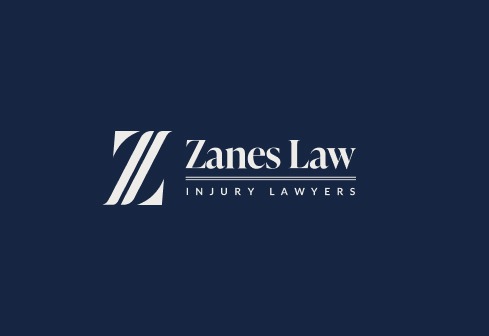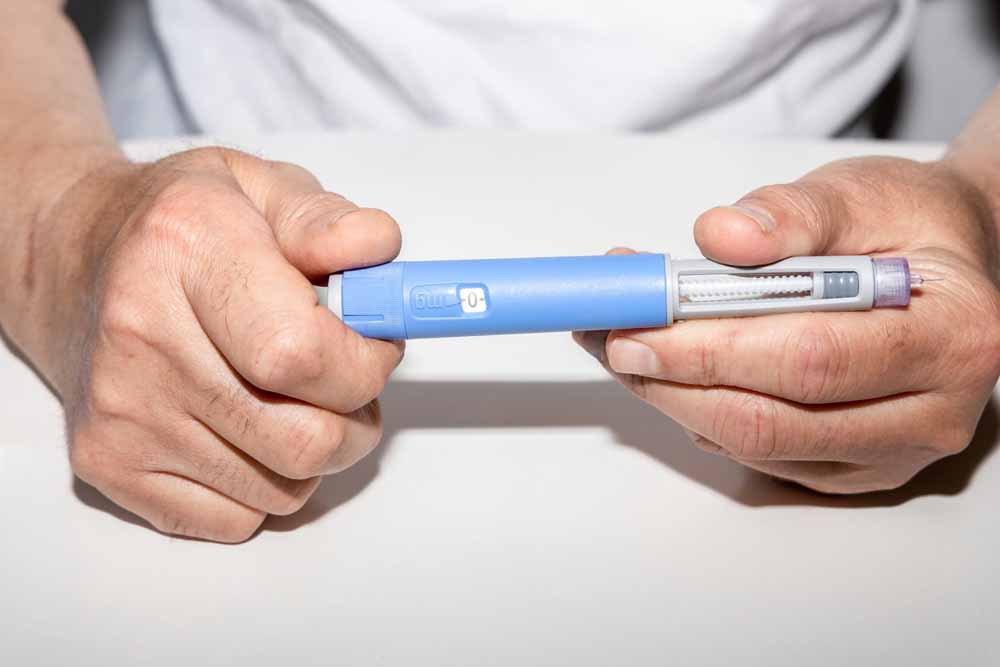While making a left turn is a common practice that many drivers perform on a daily basis, such maneuvers carry far more risk that many motorists realize. Left turns often involve drivers making various judgment calls about the speed of oncoming cars, how long green or yellow lights will last and whether other drivers will obey the necessary traffic laws. Matters are further complicated when the law usually faults the driver making the left turn at the scene of an accident.
Examples of left turns include:
- Left turn at an intersection, even if you have the green arrow.
- U-turns, even if you have the green light.
- Left turn at a 4-way stop, even if the other driver does not stop at a stop sign.
- Left turn into your destination (grocery store, mall, etc…), even if the other driver is speeding.
Shocking, right?
Our attorneys have evaluated countless accidents where a driver, although objectively not at fault, bears 99% of the responsibility and is ultimately at fault because they made a left turn involving a scenario with oncoming traffic.
Determining and proving fault in left turn accidents can be tricky; however, the following factors can aid in laying partial fault on the other driver involved in the accident:
- The other driver was speeding or ran a red light, causing the left turn accident.
- The other driver was proven to be under the influence of drugs or alcohol at the time of the accident (a police report can help verify other drivers’ blood alcohol concentrations).
- The other motorist broke traffic laws immediately prior to the accident (by, for example, failing to yield the right of way).
- The other driver did not have a valid driver’s license at the time of the accident.
- Distracted driving such as cell phone use.
When attempting to make a safe left turn, keep these tips in mind:
- Yield the right of way to other traffic.
- Signal for the turn at least 150 feet in advance of the intersection in which you will be turning.
- Make sure (coming from all ways!) there are no other vehicles, bicycles, motorcycles or pedestrians in your path.
- Proceed with caution.
To better serve the Hispanic community, we are expanding our Spanish legal content, starting with the “Thinking About Turning Left?” infographic. Click on the link below for the Spanish version of this helpful information, and stay tuned as we continue to make useful educational material available to our Spanish speaking audience.




